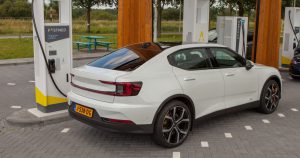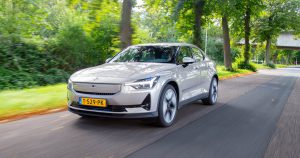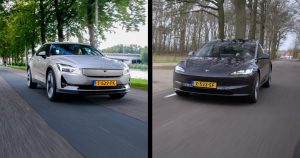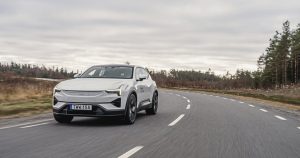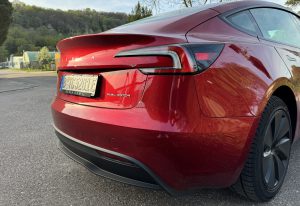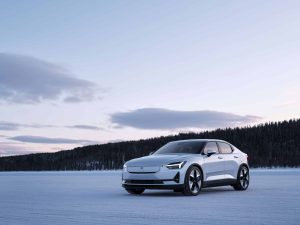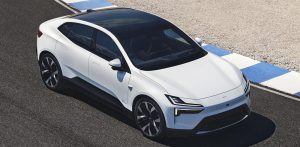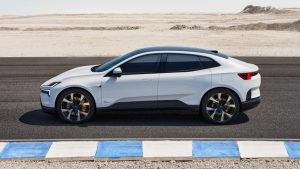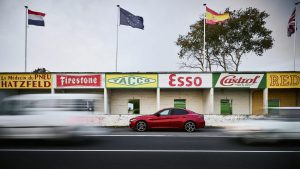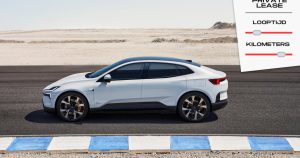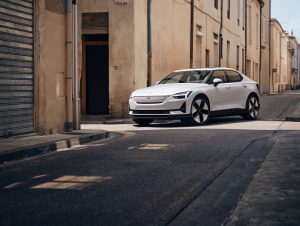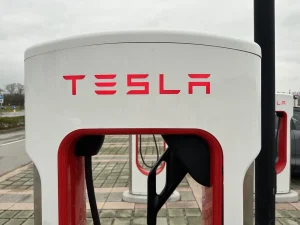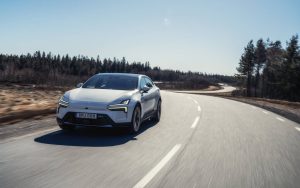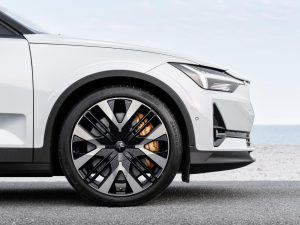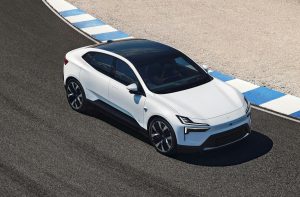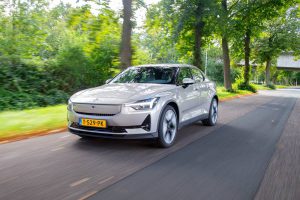Electric car maker Polestar, a brand of the Geely Group with (diminishing) participation from Volvo, has distanced itself from Tesla since its inception in 2017. Polestar initially entered into direct competition with the Tesla Model 3 and the electric car Polestar 2 in 2020. However, over time, Tesla adopted a strategy of mass production and reduced prices to increase its sales, resulting in the delivery of 1.8 million in 2023. Polestar, on the other hand, positions itself close to the top brands and luxury brands such as BMW, Audi and Mercedes-Benz, said Graeme Lambert, global communications director for design, innovation and APAC at Polestar, in an interview with Australian media.
Prices for the latest Polestar model, the Polestar 4, start at 61,900 euros (Long Range Single Motor) and rise to 69,900 euros for the top model in Germany (Long Range Dual Motor). Fully equipped, however, you quickly approach the 90,000 euro mark, as car developer Polestar revealed in mid-April. In this regard, it seems understandable that Polestar does not strive for high sales figures in the millions, but sets more moderate goals. The company is targeting 150,000 sales worldwide this year.
Lambert says Polestar sees itself as a luxury brand that doesn’t appeal to the masses. The Polestar 4’s main competitor is not Tesla, but the new, electric Porsche Macan. The start of production for European markets is planned for mid-2024, and the first deliveries are expected from August.
Now comes the fastest Polestar yet
The Polestar 4 is the fastest production car the brand has made to date. Sprint from 0 to 100 km / h takes only 3.8 seconds and the maximum output is 400 kW (544 hp). The long-term version is equipped with a 100 kWh battery. The twin engine has 400 kW (544 hp), 686 Newton meters of peak torque and a target range of up to 580 km according to WLTP. The single-engine long-range variant has a 200 kW (272 hp) engine and 343 Newton meters at the rear and has a range of up to 610 km WLTP.
In 2023, Polestar recorded 54,600 new registrations, an increase of 6 percent compared to the previous year. However, this was below the target of 60,000 vehicles, which had already been revised down from the original 80,000. After a loss of 735 million dollars (about 690 million euros) in the first nine months of 2023, Polestar expects to sell 155,000 to 165,000 cars between 2025, once the Polestar 3 and Polestar 4 models enter the market after a delay.
Things still don’t go according to plan. Polestar sold only 7,200 cars worldwide in the first quarter of 2024. This is a 40 percent decrease compared to the previous year. “2024 is a transition year where we will still be a single car brand in the first half of the year and we will increase deliveries of our two luxury SUVs in the second half of the year”explains CEO Thomas Ingenlath.
Volvo, which plans to produce only electric cars by 2030, has announced that it will not invest more in Polestar. Instead, most of the shares will be sold to Geely, the parent company of both brands. Soon after, Polestar secured $950 million in outside funding, despite needing $1.3 billion for its future plans.
Those: drive.com.au – Polestar: We are not competing with Tesla


